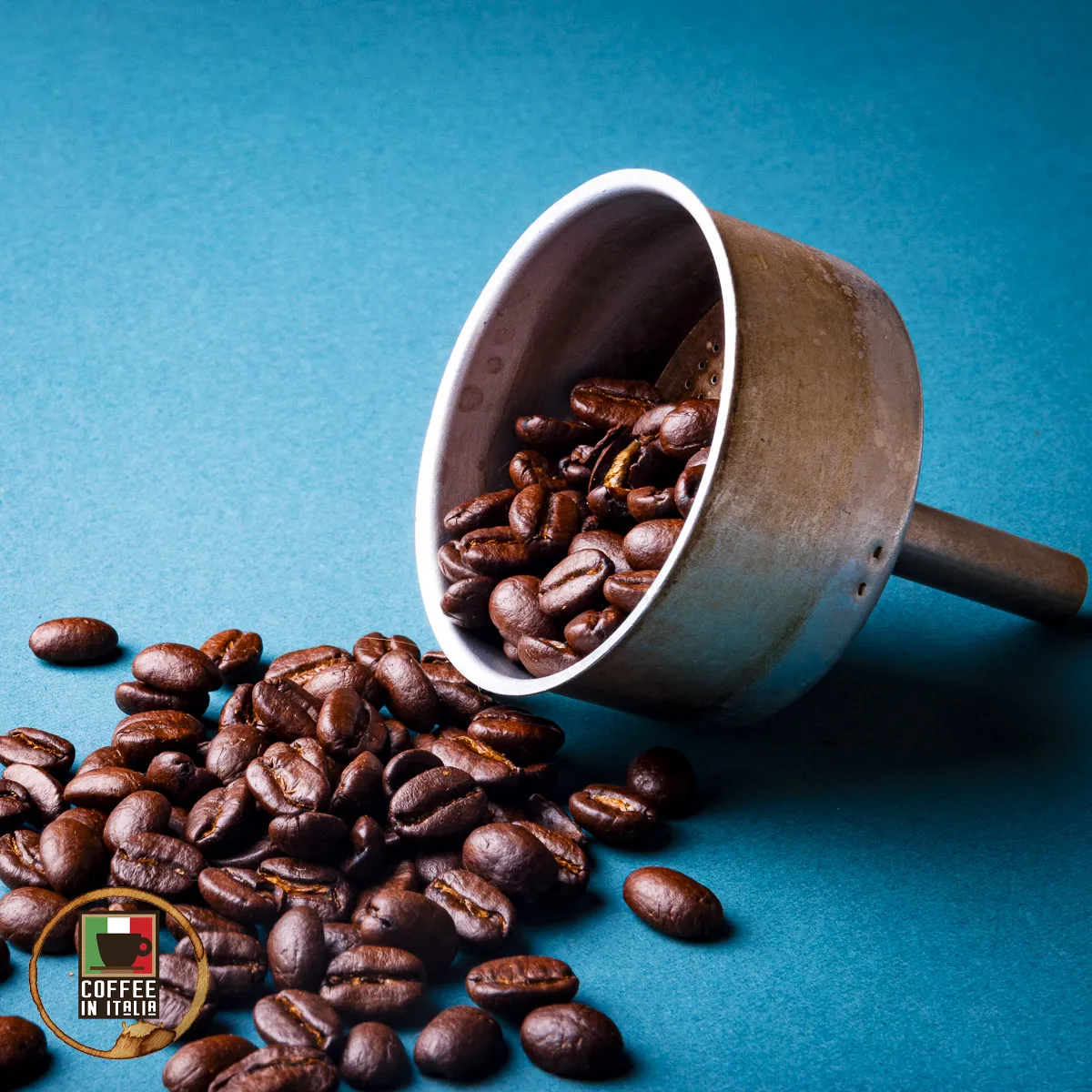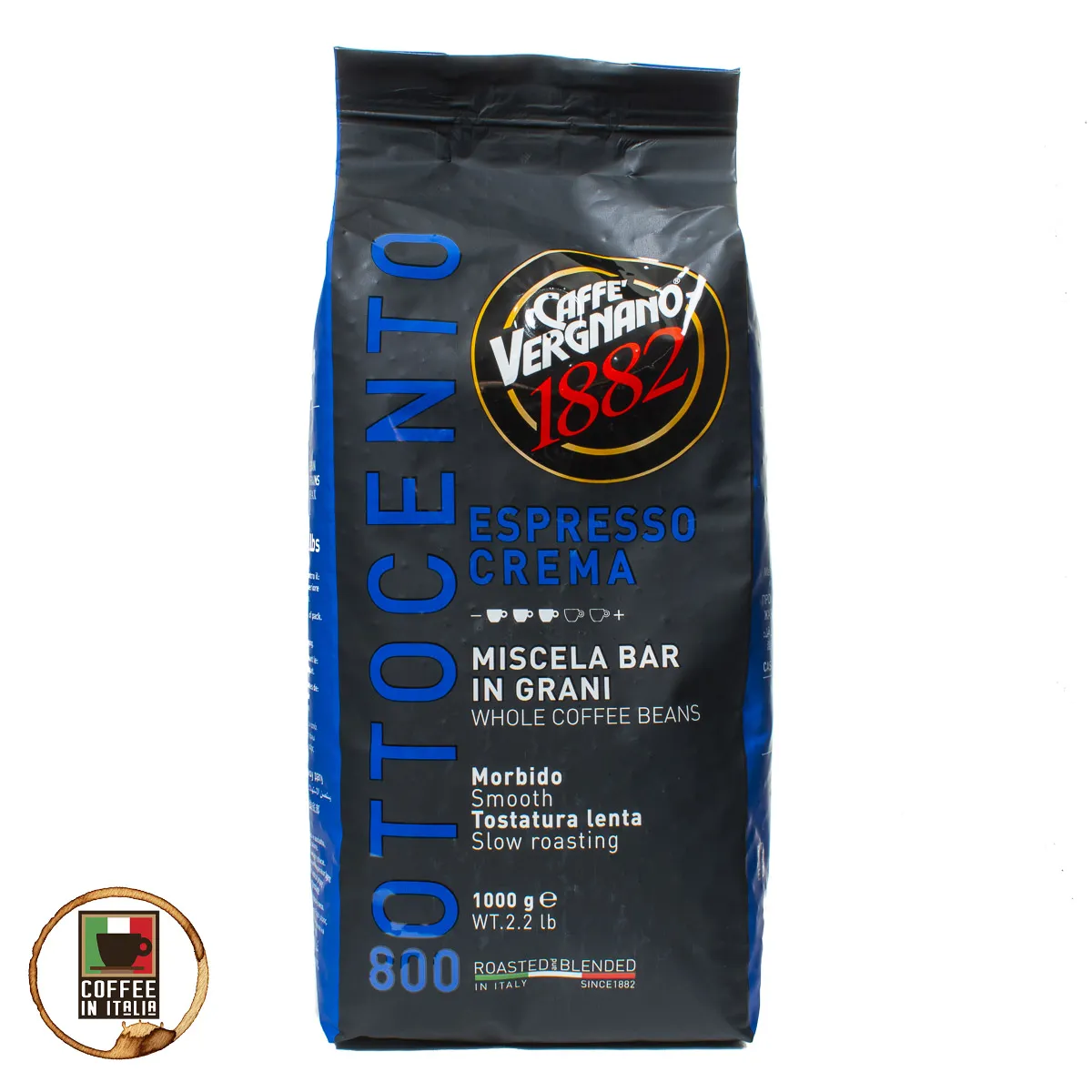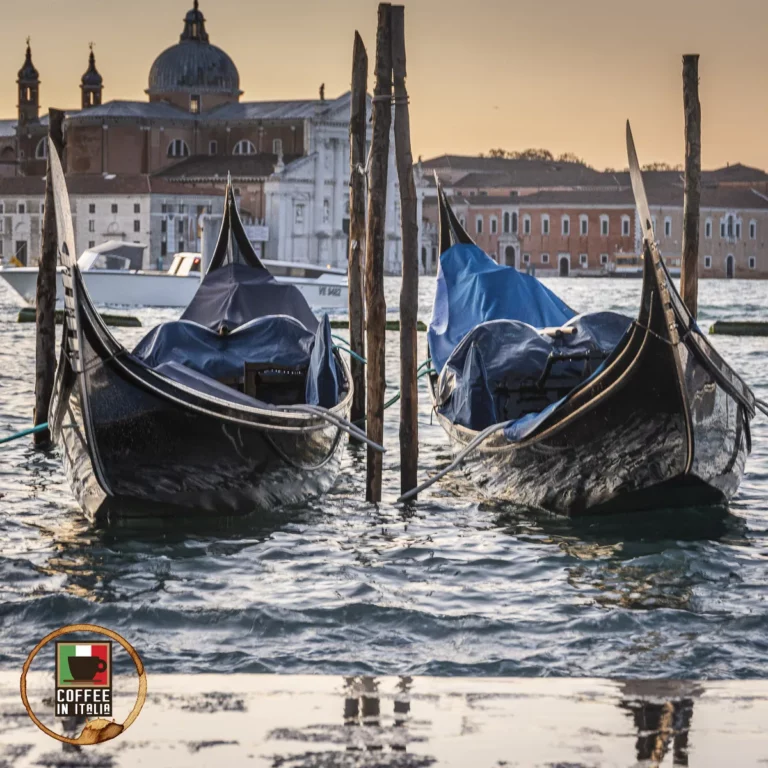What Is The Best Italian Coffee? A Comprehensive Guide
If you are looking for the best Italian coffee, let our comprehensive guide lead you through some of the best parts of Italian coffee culture.

By now, you probably already know some of the drinks, like:
- Espresso
- Cappuccino
- Macchiato
However, it is also possible you are confusing these amazing drinks with the monstrosities that you will find at Starbucks, or their imitators. What we are talking about here are the origins, the traditions and the coffee culture of Italy that has influenced so much around the world.

Italian Coffee Culture Origin Story
Coffee became a significant part of Italian life in the 16th century, introduced through the Venetian coffee trade. It gained popularity in cafés during the 18th and 19th centuries, culminating in the invention of the espresso machine in 1901 by Luigi Bezzera. This innovation set the stage for espresso to become the cornerstone of Italian coffee.
If the difference between being the first to invent something and the first to patent it is important, it is worth noting that Angelo Moriondo was an Italian inventor who is credited with patenting the earliest known espresso machine, in 1884. His machine used a combination of steam and boiling water to efficiently brew coffee.
If you want to learn more about Italian coffee culture, a good place to start is this article about What Coffee Is Popular In Italy. I hope you enjoy it!

All-Day Espresso With Friends
Italian coffee is as much about tradition and lifestyle as it is about taste. In Italy, coffee isn’t merely a beverage—it’s a ritual and a social glue. Italians typically start their day with a cappuccino or latte macchiato, transitioning to espressos as the day progresses.
Here’s how Italians consume coffee all day:
- Caffè macchiato: Espresso “stained” with a small amount of steamed milk, often chosen in the late morning or afternoon.
- Caffè lungo: A “long” espresso with more water, resulting in a milder yet slightly bitter flavor.
- Caffè americano: Espresso diluted with hot water, resembling drip coffee but with a more robust taste.
If you are looking for an afternoon snack or boost of energy, check out these:
- Caffè Shakerato: A chilled, shaken espresso sweetened (optionally) and served in a martini glass, this is the Italian equivalent of an iced coffee, and it is a perfect pick-me-up on warm days.
- Marocchino: A layered espresso drink with cocoa powder and foamed milk, offering a dessert-like experience.
- Affogato: This really is more of a dessert since you will probably enjoy this in a gelato bowl. It is a delightful combination of hot espresso poured over vanilla gelato, blurring the line between coffee and dessert.

In the evening, after work or dinner, Italians typically enjoy coffee without milk. A classic espresso or its bolder counterpart, ristretto are popular choices. Caffè ristretto is a coffee whose flow is stopped earlier than that of a normal espresso, the result is a very full-bodied, strong coffee.
For those ending a meal and are seeking a digestif, caffè corretto, espresso “corrected” with a splash of grappa, sambuca, or brandy, is a popular option.
For more information on choosing the right coffee at the right time of the day or night, check out this article: What Coffee Do Italians Drink When Nobody Is Looking?
The Origins Of Italian Coffee Beans
While coffee is not grown in Italy, the country’s coffee roasters source beans from the top-producing regions worldwide:
- Arabica Beans: South America has Brazil and Colombia as major suppliers of Arabica beans used in Italian blends. Brazilian beans contribute nutty and chocolatey flavors, while Colombian beans offer bright acidity and fruity undertones. In Africa, Ethiopia is the birthplace of coffee and is another key source, providing beans with floral and citrusy notes.
- Robusta Beans: Sourcing from Asia, Vietnam is a leading producer of Robusta, known for its earthy and robust flavor profile. Indian Robusta is also highly sought after for its consistent quality and bold characteristics.
More information can be found in the comprehensive article: The Best Italian Coffee Beans Result In The Best Roast.

Popular Coffee Packaging Options
Modern Italian coffee brands cater to diverse brewing preferences that include these various packaging options:
- Whole Beans: For coffee purists, whole coffee beans are the gold standard. They are typically sold in airtight bags with one-way degassing valves that allow carbon dioxide to escape while keeping oxygen out.
- Pre-Ground Coffee: As someone who lives in Italy (and sold Italian coffee for a while) vacuum sealed ground coffee is pretty common for home use and is available from a wide range of coffee roasters. It is pre-ground coffee that is ready to brew, making it a popular choice for those seeking convenience. It’s also available in tins to retain freshness.
- K-Cups: K-Cups are available by a wide range of roasters, including your Italian coffee favorites. These are small, pre-measured coffee pods designed specifically for Keurig machines. Each pod contains a single serving amount of coffee grounds, sealed for freshness.
- Nespresso Pods: Today, pods come in a range of blends from many Italian roasters. There are advantages to using a Nespresso, beyond George Clooney promoting it. Like other single-serve brewing options, the pods have airtight sealing that locks in freshness and flavor. Today, there is a wide selection of Italian-style espresso options available and they are easy to use.
While these are the most popular packing options available for Italian coffee today, there are other options you might want to be aware of. For more details on coffee packaging, please check out: Coffee Packaging Options For Making Italian Coffee at Home.

The Iconic Italian Coffee Brands Worth Checking Out
Italy boasts some of the world’s most renowned coffee brands. Some of these you will find in your local supermarket, others at a specialty shop like Eataly, and others you will probably need to order online or enjoy in Italy:
- Lavazza: Founded in 1895, Lavazza is celebrated for blends like Qualità Oro and Crema e Gusto. The company leads in innovation, including organic and sustainable lines. For more information, check out: Why Drinking Lavazza Italian Coffee At Home Is A Must.
- Illy: Established in Trieste in 1933, Illy is known for its intense, smooth espresso blends that leverage only the finest Arabica coffee beans. More Illy information can be found at: Authentic illy Italian Coffee For Your Espresso Experience.
- Segafredo Zanetti: Founded in 1973, today Segafredo helps create the connections that make life rich on six continents, all the time maintaining the vision and standards they started with.
- Kimbo: A Naples-based brand, Kimbo focuses on Southern Italy’s coffee preferences, offering rich, bold roasts. Difficult to find in the US (especially since we shut down our store), but definitely worth the effort to find it if you enjoy strong coffee. For more about Kimbo, check out: Discovering Kimbo Italian Coffee Is Amazingly Delicious.
- Caffè Vergnano: Founded in 1882, this is the brand you will probably enjoy if you stop at an Eataly in the US.
For more information on Italian coffee brands, their popularity and some trends to follow, check out this supporting article: Your Complete Guide To What Coffee Is Popular In Italy.

Italian Coffee Is Sustainable
The global coffee industry is a cornerstone of countless economies, yet it carries significant environmental and social impacts. From deforestation to exploitative labor practices, the challenges associated with coffee production are vast and complex.
As coffee consumption continues to grow, so does the urgency to adopt sustainable practices that ensure the future of coffee cultivation while protecting the planet and supporting farmers.
Sustainable coffee roasters in Italy like Illy, Lavazza, Kimbo, and Segafredo are setting an example for the global coffee industry through their commitment to sustainability. By investing in sustainable farming practices, supporting coffee-growing communities, and obtaining key industry certifications, these companies are working to secure the future of coffee.
For more details on the sustainability effort of the major Italian coffee roasters, as well as some of their awards, check out: Is A Cappuccino Or Espresso A Sustainable Coffee?

Traditional Italian Coffee Venues
Thankfully for all of us, Italy is synonymous with coffee and the beverage is deeply woven into the fabric of its culture. From a quick espresso at a bustling bar on the way to the office to carefully selected beans at an artisanal roaster, coffee is more than just a drink, it’s a ritual, a social glue and a source of national pride.
But where exactly do Italians get their coffee in different situations, like in the morning at home, on the weekends, during the workday or in the evenings? These answers might surprise you:
- Bars (Cafés)
- Restaurants
- Local Grocery Stores
- Independent Coffee Roasters
- Specialty Coffee Shops
- Coffee Vending Machines
- Online Coffee Options
Where do Italians get their coffee? Italians have an array of options for sourcing their coffee, each suited to different tastes, lifestyles, and moments of the day. From the vibrant atmosphere of a local bar to the carefully curated beans of an artisanal roaster, coffee in Italy is more than a beverage, it’s an expression of culture and tradition. For more information, check out: Where Do Italians Get Their Coffee In The Morning?

So, What Is The Best Italian Coffee?
Determining the “best” Italian coffee obviously depends on your preferences. You will first need to decide where and when you will be enjoying it. Do you have any taste profile preferences, is sustainable and ethical coffee production important and final, what packaging are you looking for.
Once you decide that, choosing an Italian coffee is easy, but why not try them all to be sure!






